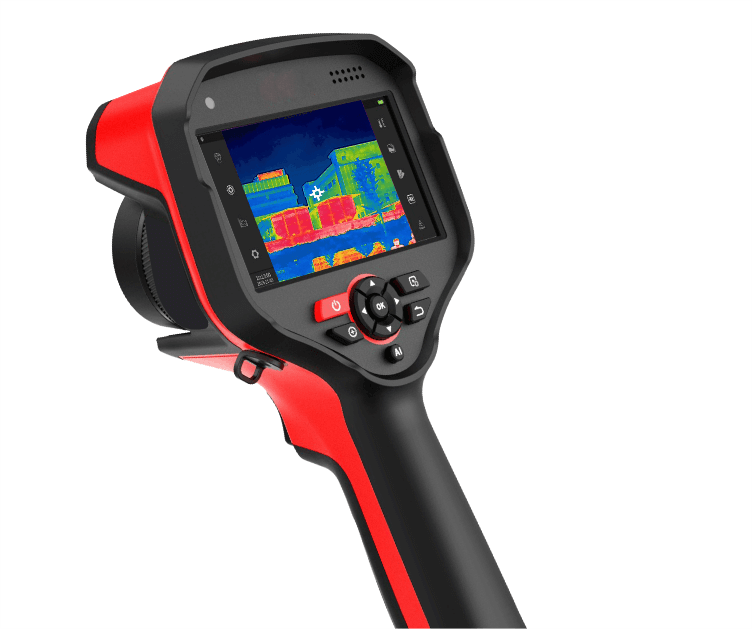Thermal Imaging Cameras have transformed the way experts assess and address structural challenges within the realm of building diagnostics. These advanced tools make it easier to tackle issues such as moisture detection and energy efficiency assessments. By capturing infrared radiation, thermal imaging cameras offer critical insights into a building’s energy performance, structural integrity, and moisture-related concerns. Whether you’re a building inspector, energy auditor, or facility manager, integrating a thermal imaging camera into your workflow can significantly enhance your diagnostic capabilities. In this post, we’ll explore how thermal imaging cameras are utilized in building diagnostics and highlight their numerous benefits. Thermal imaging cameras function by detecting infrared radiation emitted by objects and converting it into visual data, creating a thermal image. Unlike traditional digital cameras that rely on visible light, thermal imaging cameras utilize infrared wavelengths to generate images. This innovation has sparked a revolution across industries worldwide. Thermal imaging has unveiled aspects of our environment that remain invisible to the naked eye, allowing us to perceive details that would otherwise go unnoticed. Originally developed for military and security purposes, thermal imaging cameras have evolved over time, expanding their applications across multiple sectors. In conclusion, integrating thermal imaging cameras into building diagnostics offers numerous advantages, enhancing efficiency, safety, and longevity. From energy audits to moisture detection and electrical checks, thermal imaging delivers reliable insights that contribute to smarter decision-making across various industries. Professionals in construction, facility management, and real estate should consider incorporating thermal imaging into their routine maintenance routines for improved outcomes. At Tempsens Instruments, we specialize in providing tailored thermal solutions, including the Thermeye640 model, renowned for its high-resolution capabilities. Our team of experts is ready to assist you with customized recommendations based on your specific needs. For further reading, visit this link. Steel Thread And Nut,Steel Rivet Nut,Steel Coupling Nut Jiangyin Golden Machinery Equipment Co.,Ltd , https://www.goldenforgingmetal.com
Understanding Thermal Imaging Technology
Key Applications of Thermal Imaging Cameras in Building Diagnostics


The Benefits of Employing Thermal Imaging in Building Diagnostics
